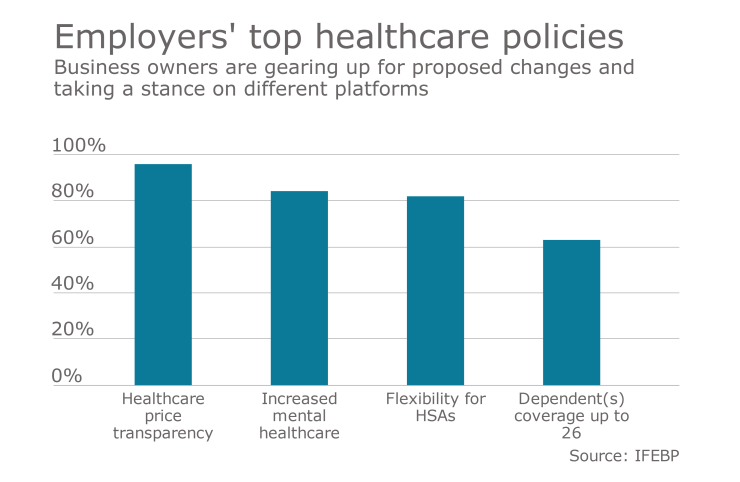There are literally thousands of point solutions in dozens of health benefits verticals vying for attention, time, effort and budget. Evaluating them all is impossible and conducting an RFP for each area is unrealistic. Prioritizing your problems, let alone solutions, is extremely hard: how does a healthcare purchaser choose between heart disease and cancer? High deductibles or narrow networks? Care coordination or second opinion?
As a former innovation lab founder at a Fortune 500 consultant, I have grappled with these questions for years. My clients and colleagues expected me to be aware of everything valuable in the market. Failure could cost my clients millions of dollars. The challenge was determining which problems mattered most and which vendors addressed the root causes to make an impact. Through trial and error, an algorithm emerged to sort past the hype to find transformative solutions, which can be remembered shorthand as one-two-three-four-five:
One: It saves at least 1%
Two: It guarantees a 2:1 ROI
Three: It has 3rd party validation
Four: The expected ROI is at least 4:1
Five: All numbers above are calculated with 5th grade math
I’ll unpack these concepts in greater detail below:
One: Top solutions should impact total budget by at least 1% net of fees. It’s inclusive because many approaches can succeed, from having small impact on a major cost category to large impact within a niche (e.g. reduce orthopedic surgeries by 10% or dialysis by 90%).
Although many good solutions don’t quite have a 1% impact, having a sorting mechanism to quickly identify top solutions is a logical starting place when opportunities outnumber execution resources, and the cost of inaction is significant.
Two: Does the solution guarantee a 2:1 return with 100% of fee at risk? This is a high bar: few solutions will put their fee at risk against doubling your money. There is a very high correlation between solutions that do not work and solutions that refuse to put fees at risk. The opposite is also true.
Occasionally, firms will use gimmickry to meet this threshold. Outlier exclusions, selection bias, and regression to the mean all confound results. Buyers must be cautious to ensure it’s a guarantee of results earned, not results engineered. Some resources, such as the Validation Institute, offer free online courses to health benefits purchasers for spotting and avoiding biostatistical gimmicks.
Three: Does the solution have 3rd party validation? Good solutions that have been in the market awhile will have references who can confirm the claims and share credible evidence of the expected results. References who are directly supplied are a good step, though they are often curated. Getting validation from a consulting or auditing firm, or peer-reviewed journals is also ideal.
For any solution where evidence is not apparent or available, take additional precautions to ensure that the course of action has been de-risked through additional guarantees or limited scope (and reduced expectations). This can enable employers to easily adopt pilot programs and experiment with new and innovative approaches.
Four: Does the solution regularly achieve a 4:1 return? This expectation seems high for the industry, but if you ask any CFO, business investments in almost any area of most companies require a 4:1 expected ROI, and benefits should expect the same from our vendors (e.g. new manufacturing equipment or acquisition of a new technology will be expected to provide a 4:1 ROI to get approval, so too should a benefits investment).
By increasing our ROI expectations, we can reduce the number of solutions that underwhelm, forcing startups to deliver more value. Virtually no other area of our business has higher stakes than the literal lives of our employees, nor is any other area of our business likely more broken than the cost and delivery of healthcare. Our people deserve better than they receive today, and employers are positioned to deliver it.
Five: Can all numbers above be calculated with 5th grade math? This touches on the financial gimmickry mentioned in #2 above, that ROI figures built on theoretical numbers, actuarial models, complicated adjustments and exclusions, behavioral modification and loss prevention are too complicated to easily compare and should be de-prioritized. This is not to say these options are bad, simply that among thousands of opportunities, choose those with simple calculations.
Ultimately, we’d all like to address every major and minor niche in a quest to optimize the health plan, but with finite time in any given year, we must prioritize opportunities and focus efforts. We need to raise our expectations of vendors and health providers; employers generate the profitability for the system and are in a great position to demand the changes that will better serve their populations, benefiting the rest of us as well.






